Autism…It’s Different For Girls!
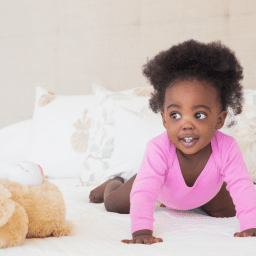
By Lauren Polster, M.S., CCC-SLP Approximately four boys for every one girl are diagnosed with autism spectrum disorder (ASD). Therefore, scientists have focused their research on boys, and we have had little information about how autism might present differently in girls. New research suggests that methods currently used to diagnose autism can overlook girls. More…
E-I-E-I-O and Other Vowel Sounds
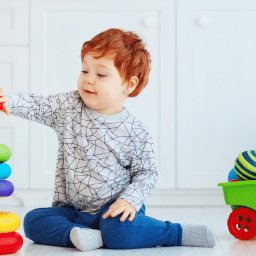
By Eileen Adamo, M.S., CCC-SLP When a child’s speech is difficult to understand, adults often assess what consonant sounds the child is or is not producing. However, when it comes to “speech intelligibility” (the ability to be understood), vowels have a major role in understanding the message. It is much easier to tell what a…
Why Early Intervention?

What is early intervention? Early intervention refers to a range of services to help children 0-3 years of age who have developmental delays or specific health conditions. This may include speech-language therapy, occupational therapy, physical therapy, etc. Services may be provided through a variety of sources, including Ohio’s statewide program called Ohio Early Intervention (Help…
Beep! Beep! Speech & Language Practice For The Car
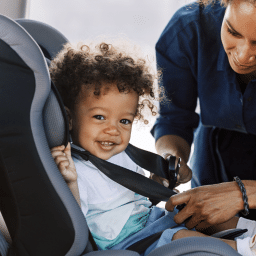
By Sam Secrist, M.A., CF-SLP From play dates, swim lessons, and soccer games to picking up dinner or stopping by the grocery store, families are always on the go! It’s no wonder that setting aside time for speech practice is so difficult! While ultimately speech practice should become a natural part of everyday interactions with…
Playing With Toys!

By Abbey Vielhaber Pick toys without batteries, lights, and sounds. Research shows children communicate less when playing with electronic toys. Find or make toys that your child is interested in and play at their level-some children like to taste toys, some like to put things inside containers, and some like to pretend. Be flexible! Toys…
11 Skills to Master Before Talking

By Lauren Polster, M.S., CCC-SLP Toddlers meet many communication milestones prior to words emerging! The child will… Consistently reacts to things they see, hear, and feel. Responding is the foundation for interacting and communicating. Respond to people when they talk to or play with them. The child enjoys being around other people and responds to them…
10 Ways to Use those Toilet Paper Rolls!

With this Therapy Share we’ll be helping you use your toilet paper and paper towel rolls to spark some language-rich, creative play! Staple 2 tubes together to make binoculars. Attach a string for a strap. Go on a birdwatching/animal watching walk. Cut 3 slits partway up around the tube, squish the cut end together and…
Don’t Get “Board” With Speech
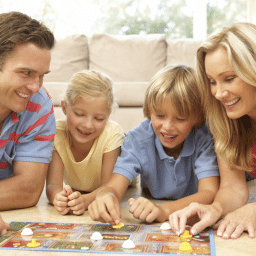
By Abbey Vielhaber Flash cards to practice sounds or concepts can be helpful, but it’s good to have a little fun, too! Try one of these board games to mix up your normal practicing routine! Candy Land: Practice /k/ or /g/ by having them say each time: “My/your turn to pick a card” or “I…
Making Technology Interactive
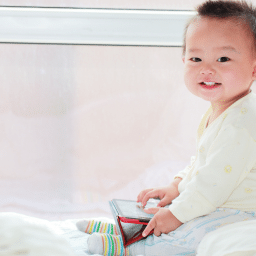
By Hillary Collins M.S., CCC-SLP Times are a changin’ and technology is here to stay. The American Academy of Pediatrics reports that guidelines surrounding media usage are changing as well; the most current AAP guidelines are reported as follows: For children younger than 18 months, avoid use of screen media other than video-chatting. Parents of…
Rainy Day Activities
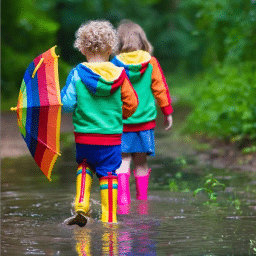
When the forecast is projecting for rain, rain and more rain, it may seem daunting if you’ve got little ones at home. But no worries- Miss Abbey has shared all of her go-to rainy day activities that she does with her own children at home! .☔️𝐒𝐢𝐭 𝐨𝐧 𝐭𝐡𝐞 𝐩𝐨𝐫𝐜𝐡 𝐮𝐧𝐝𝐞𝐫 𝐮𝐦𝐛𝐫𝐞𝐥𝐥𝐚𝐬 𝐝𝐮𝐫𝐢𝐧𝐠 𝐬𝐧𝐚𝐜𝐤/ 𝐥𝐮𝐧𝐜𝐡 𝐭𝐢𝐦𝐞….